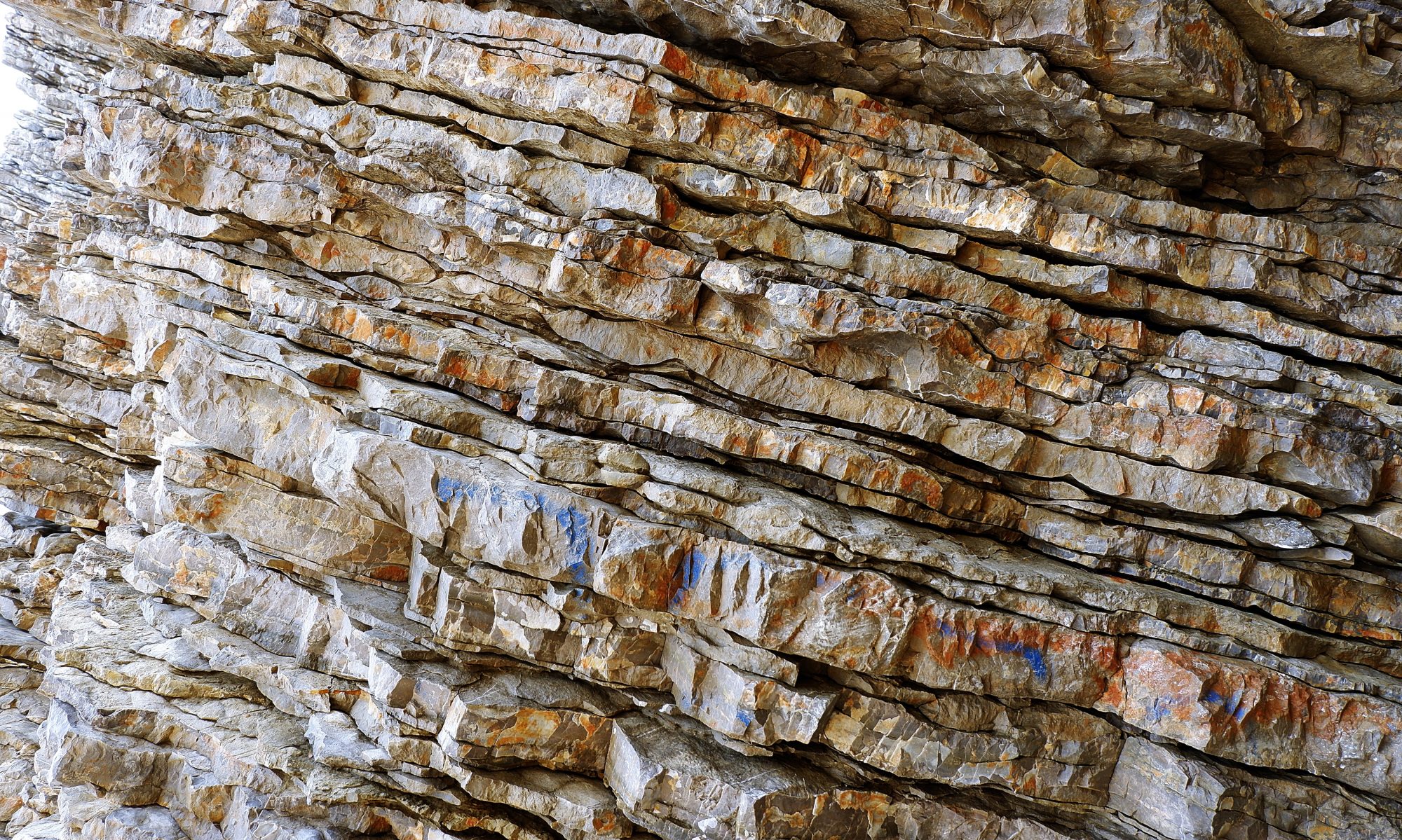< 2 μm Clay Mineral Analysis (2CLAY)
Used mainly for the identification of clay minerals from Quarternary – age deposits, shales, and soils.
Recommendation
- 15 g of a dry homogenized powdered sample of < 250 μm size fraction is preferred. If samples are delivered wet and bulky, additional sample preparation steps (drying, grinding, or sieving) prolong the analysis.
- The average turnaround time for 2CLAY analysis is two weeks per 10 samples.
Methodology
10 – 15 g of the sample (< 250 μm) is immersed in deionized water and disaggregated. The sample is stirred in an electronic mixer to isolate clays in suspension. The particles settle, and the salts that remain in solution are poured off. The sample is stirred again and allowed to settle until only the < 2 μm particles are in suspension. Using an eye dropper, the < 2 μm clays are placed onto a glass slide which is then air-dried, glycolated, and scanned by XRD. Step-scanned data is collected from 2° to 34° 2θ with a fixed rate of 1° per minute with a step size of 0.02°2θ.
Results
Semi-quantitative clay mineral analysis; comparing only the amount of clay minerals in the sample relative to each other.
< 16 μm Clay Mineral Analysis (16CLAY)
Used for identification and relative comparison of clays within sandstone samples.
Recommendation
- 20 – 30 g of a dry powdered sample of < 250 μm size fraction is preferred. If samples are delivered wet and bulky, additional preparation steps (drying, grinding, or sieving) prolong the analysis.
- The average turnaround time for 16CLAY analysis is three weeks per 10 samples.
Methodology
20 g of the sample (< 250 μm) is rinsed with bleach to remove oil (if in an oil-bearing unit). The sample is immersed in acetic acid to dissolve carbonates. The sample is stirred to bring clays into suspension for extraction. The clays are centrifuged and smeared onto a glass slide. To identify clay minerals, the sample is glycolated, scanned by XRD, heated to 350 °C for 1 hr, and rescanned by XRD. Step-scanned data is collected from 2° to 34º 2θ with a fixed rate of 1° per minute with a step size of 0.02°2θ.
Results
This provides two sets of data:
- The first set provides semi-quantitative clay mineral analysis which compares the amount of clay minerals relative to each other.
- The second set provides semi-quantitative mineral percentages of the expandable clays in the sample.

